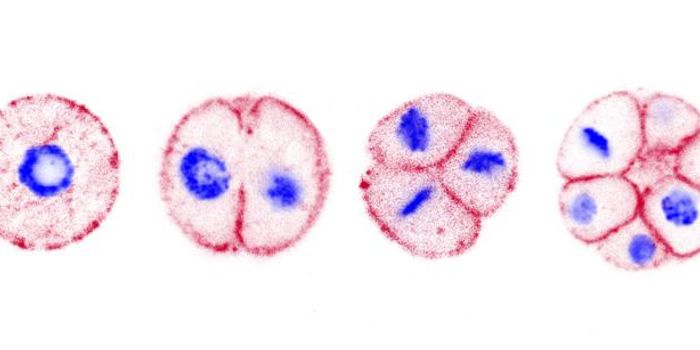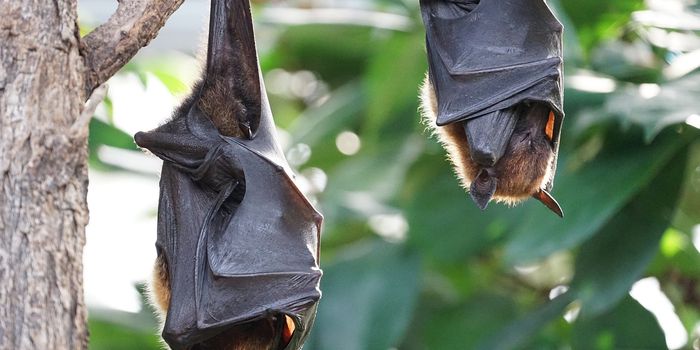Here's What Happens Inside a Caterpillar's Chrysalis
When a caterpillar undergoes the complex biological process of metamorphosis, it does so inside of a pointy bean-shaped enclosure that many people like to call a cocoon. But despite popular belief, this isn’t actually a cocoon; instead, it’s called a chrysalis.
The chrysalis is actually part of the caterpillar’s body created by increased production of a hormone dubbed ecdysone, and once enveloped, a number of gut-wrenching processes occur to the caterpillar that transform it into a beautiful butterfly.
For starters, the caterpillar’s outer coating separates from the body much like a snakeskin, and this creates the chrysalis. After the chrysalis forms, the body released enzymes called caspases that dissolve cells in the insect’s muscles and organs, leaving behind only the most vital life-supporting cells. It’s from this point that a group of specialized cells called imaginal discs get to work, developing the insect’s new body and wings in a short time period.
When the fully developed butterfly emerges, it often leaves behind a gooey fluid in the spent chrysalis. This fluid is the waste that was produced during the transformation, including the bodily fluids that the butterfly won’t need anymore.
Indeed, the life of a caterpillar is nothing much to write home about, but becoming a butterfly, on the other hand, it somewhat spectacular.








